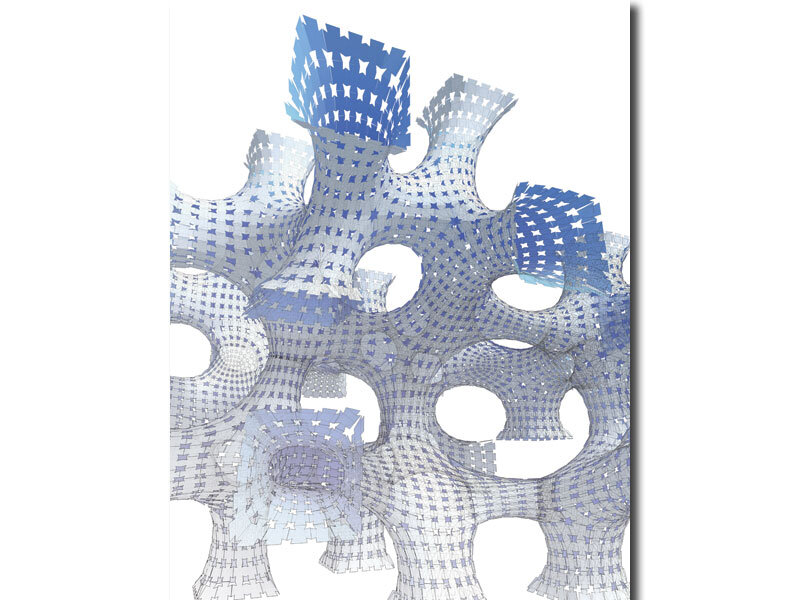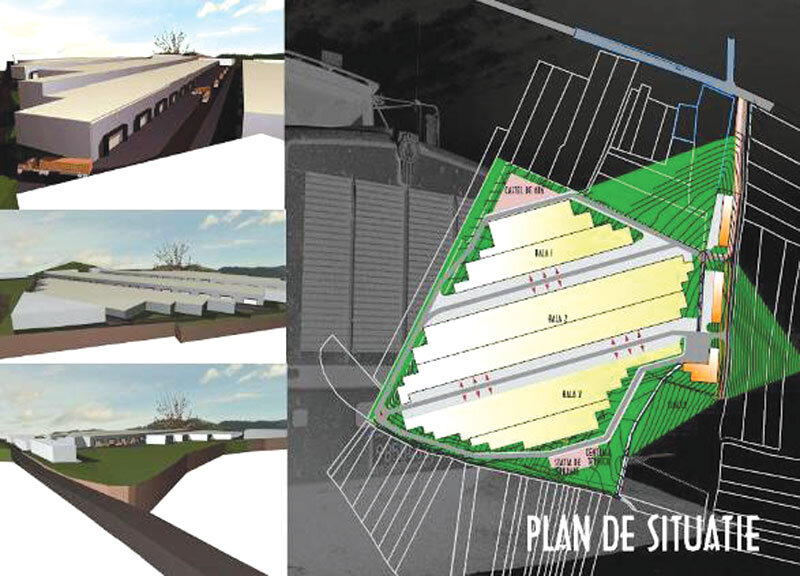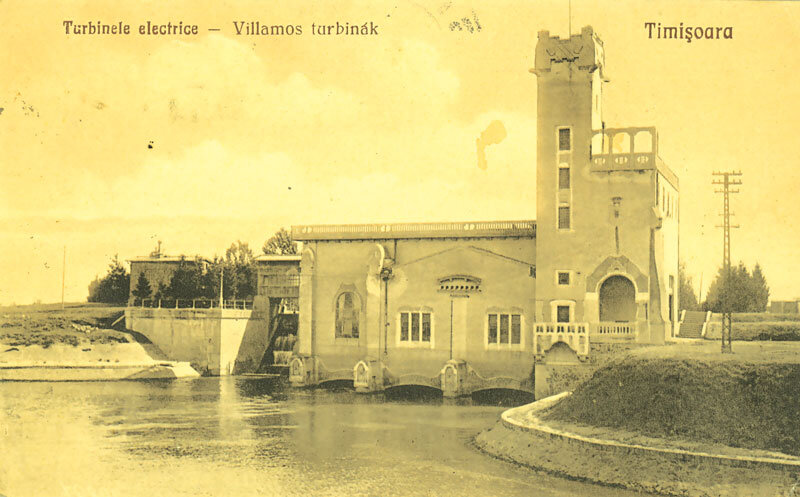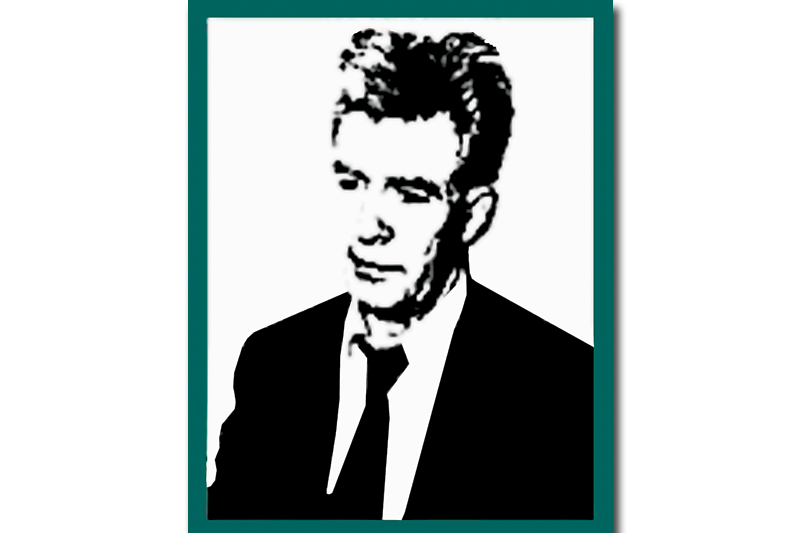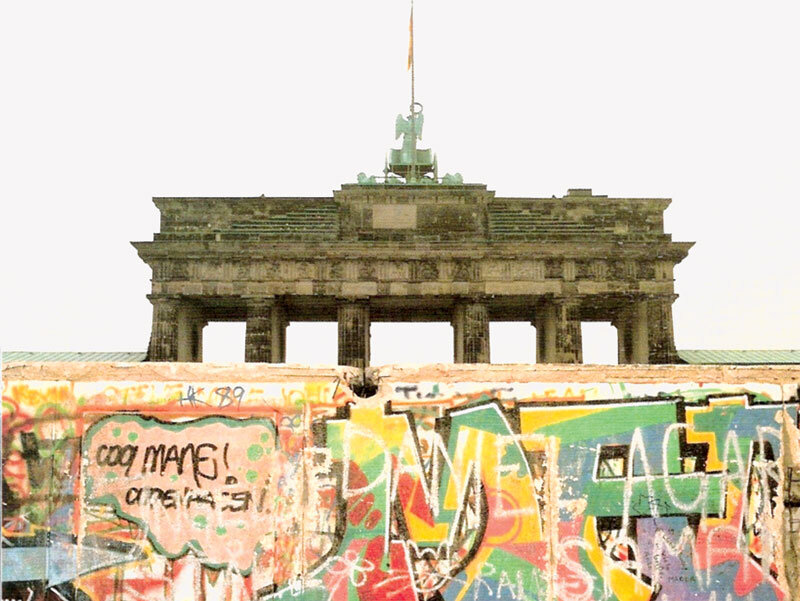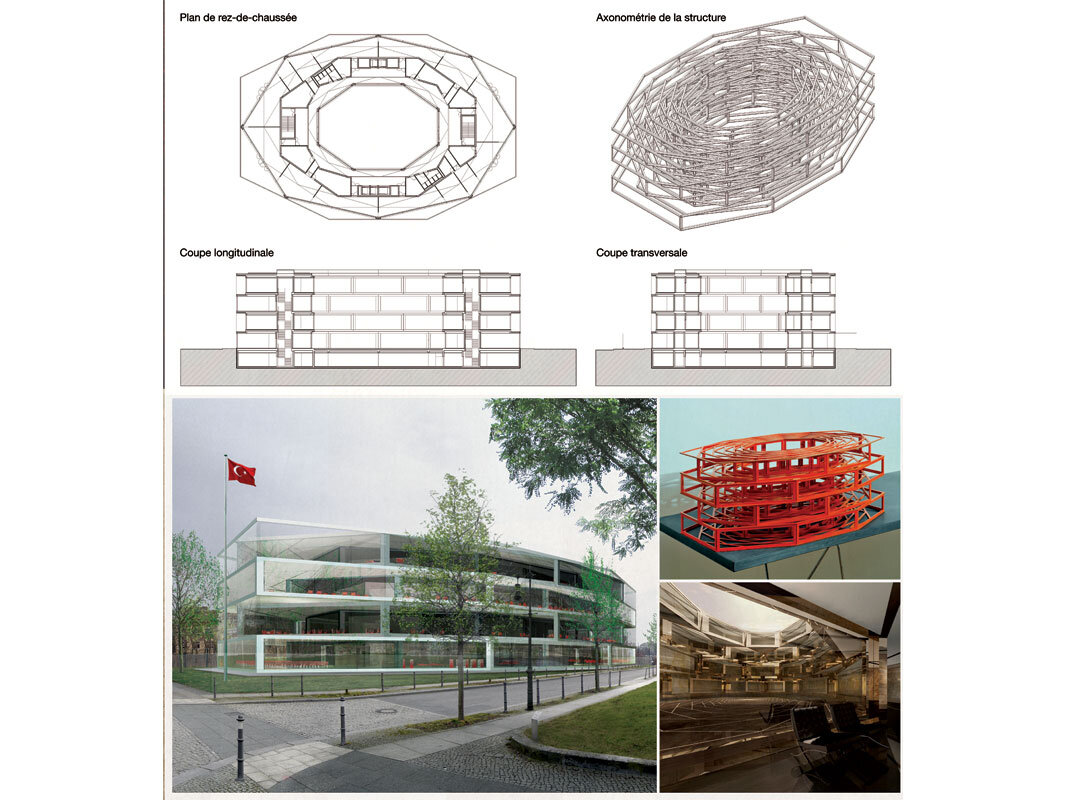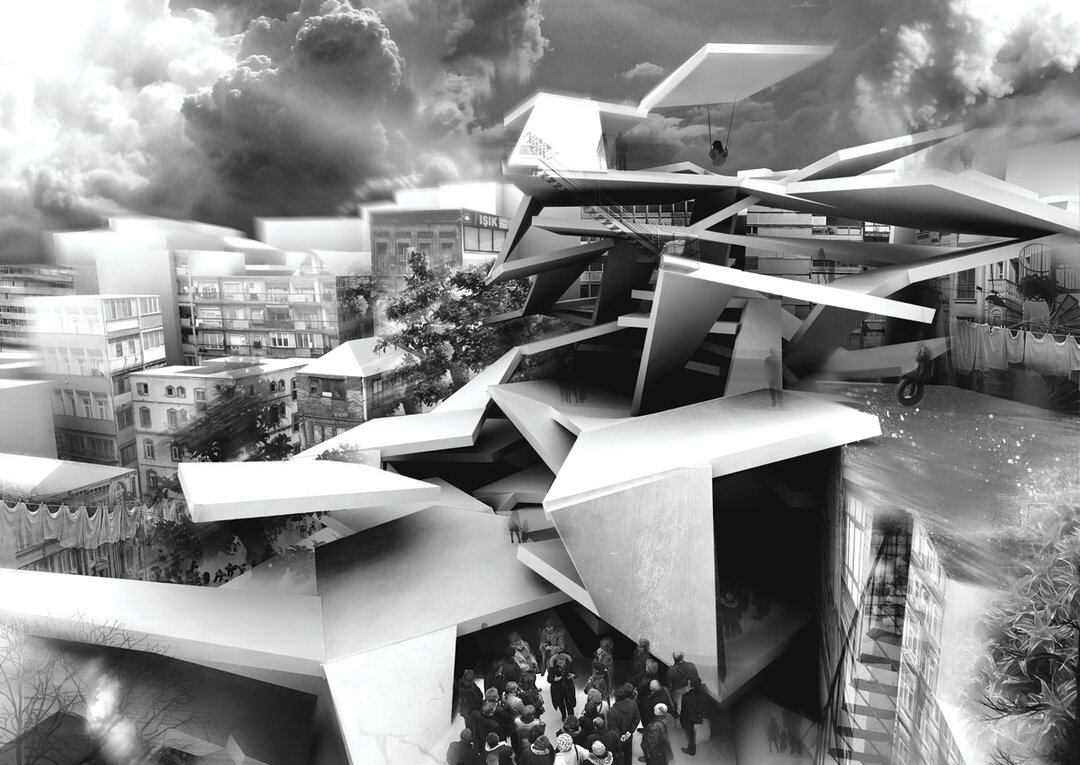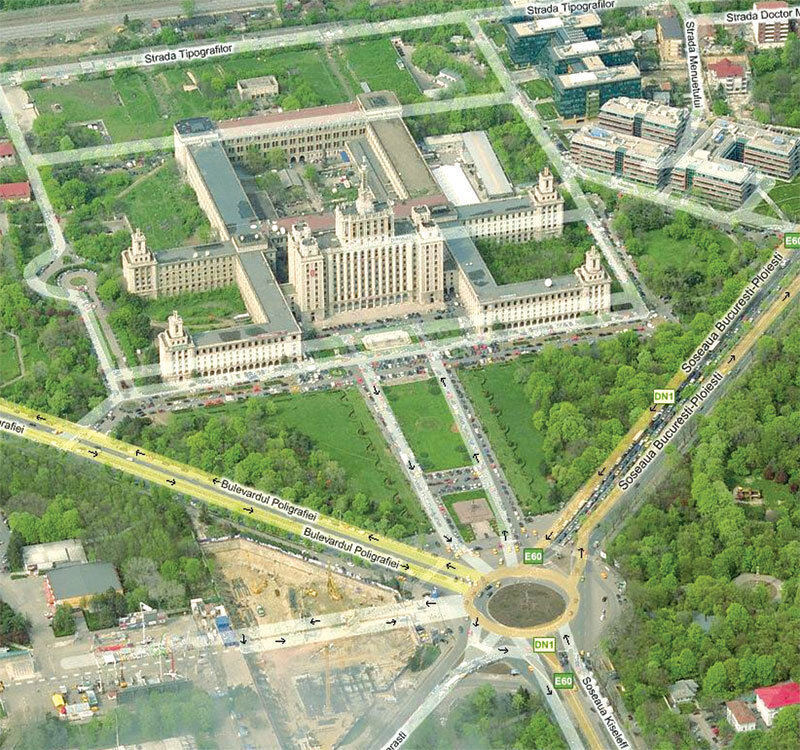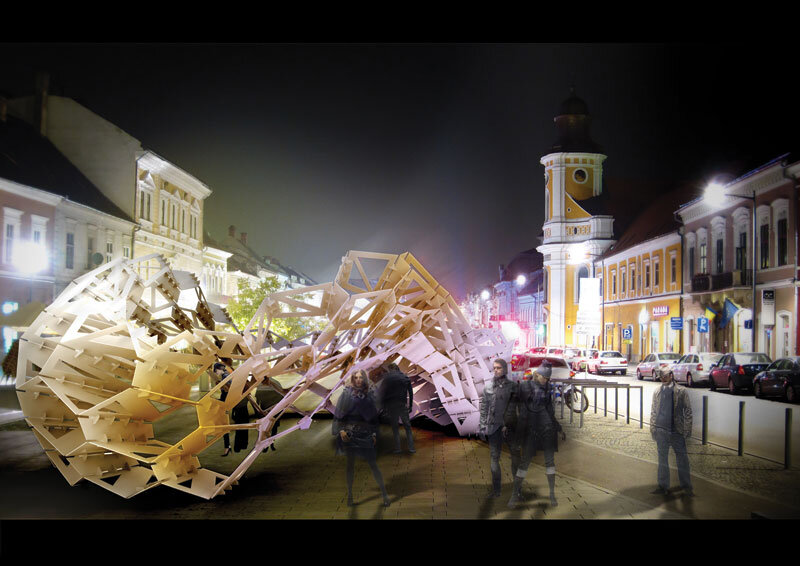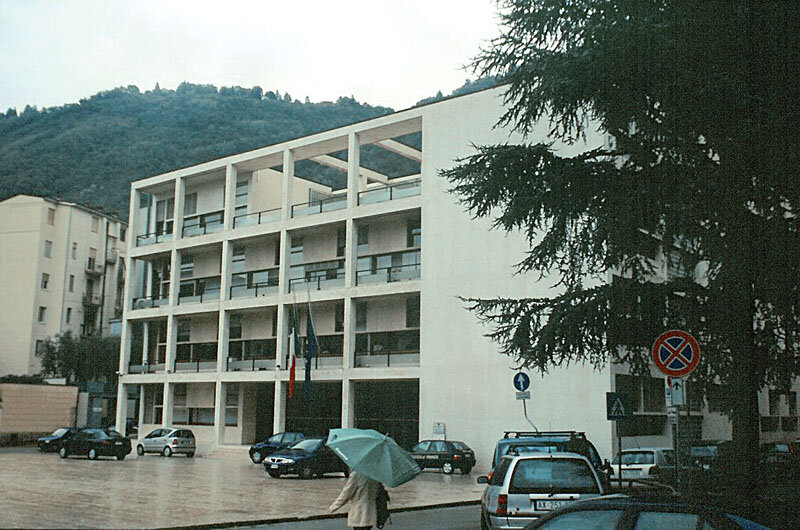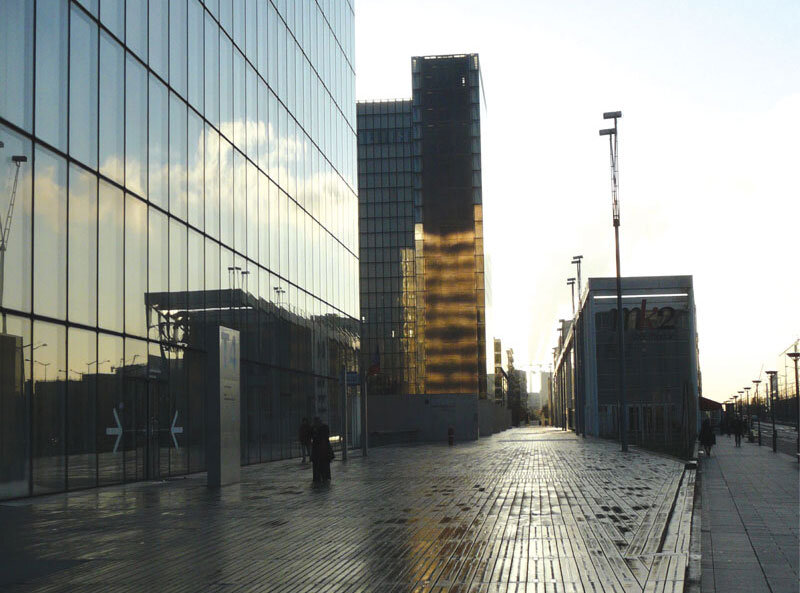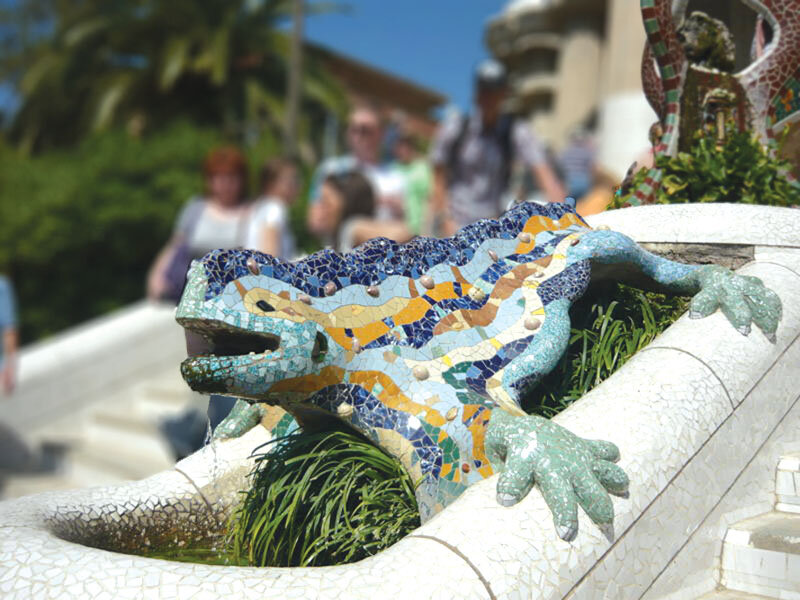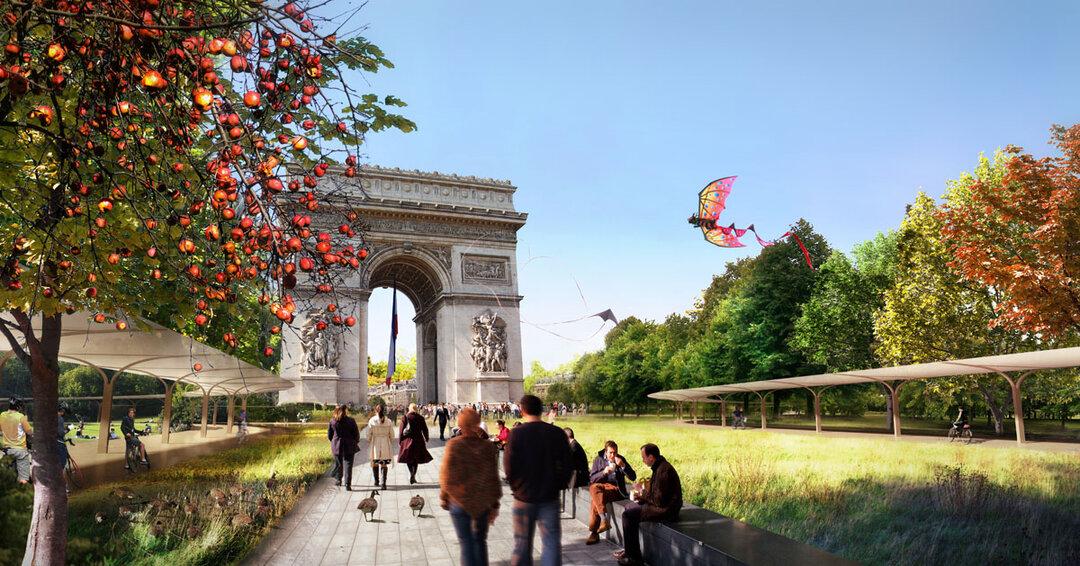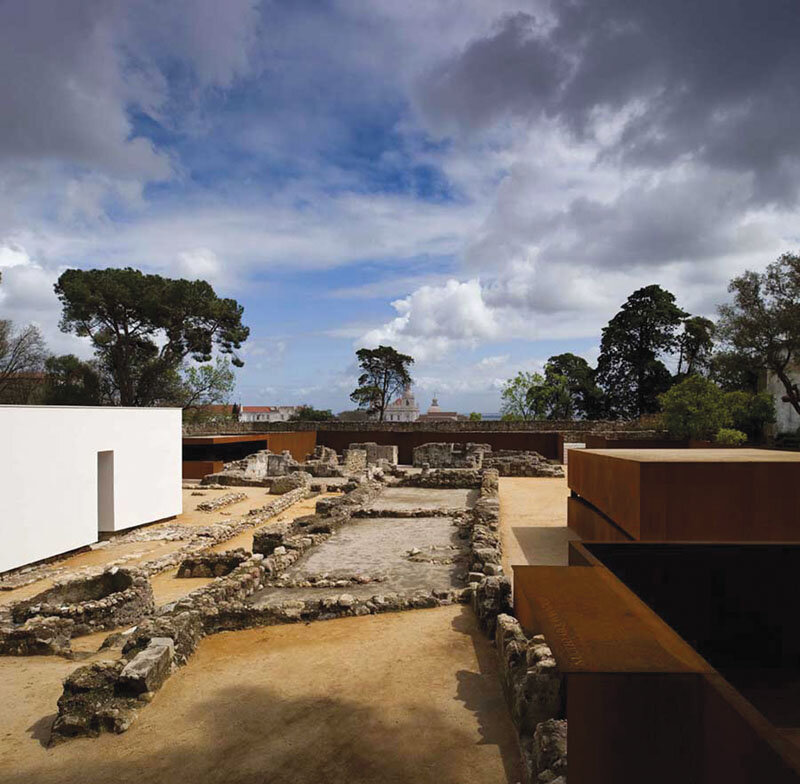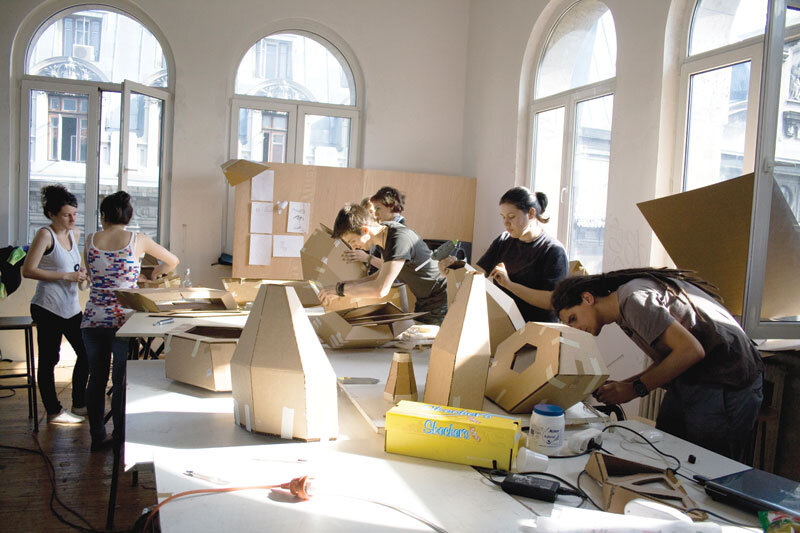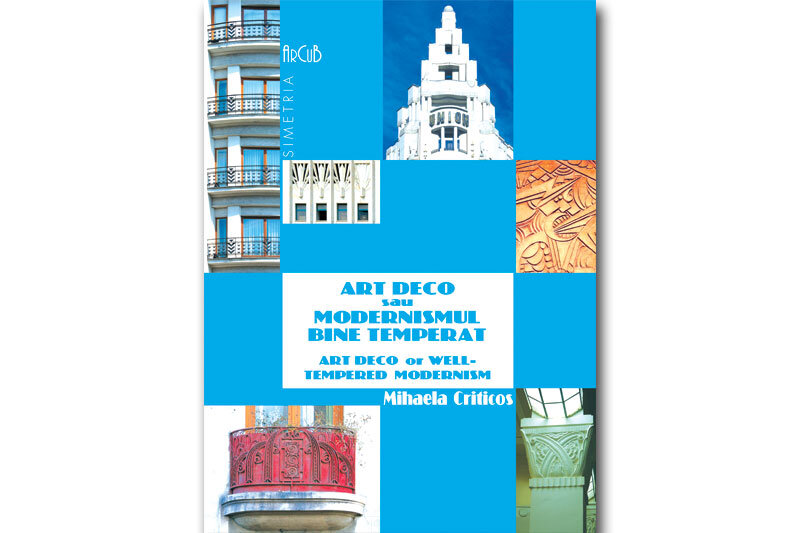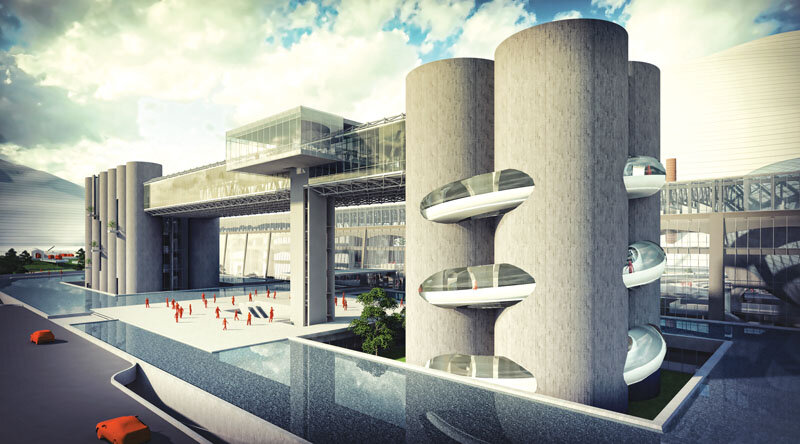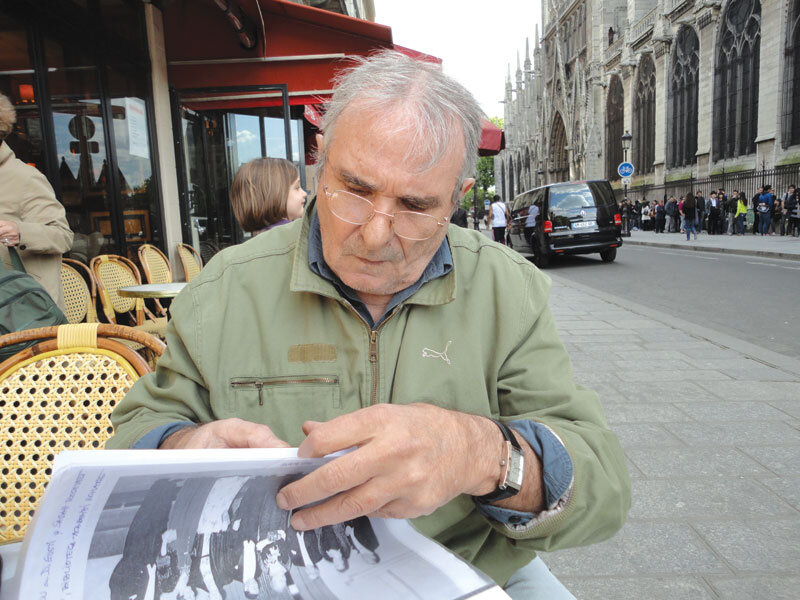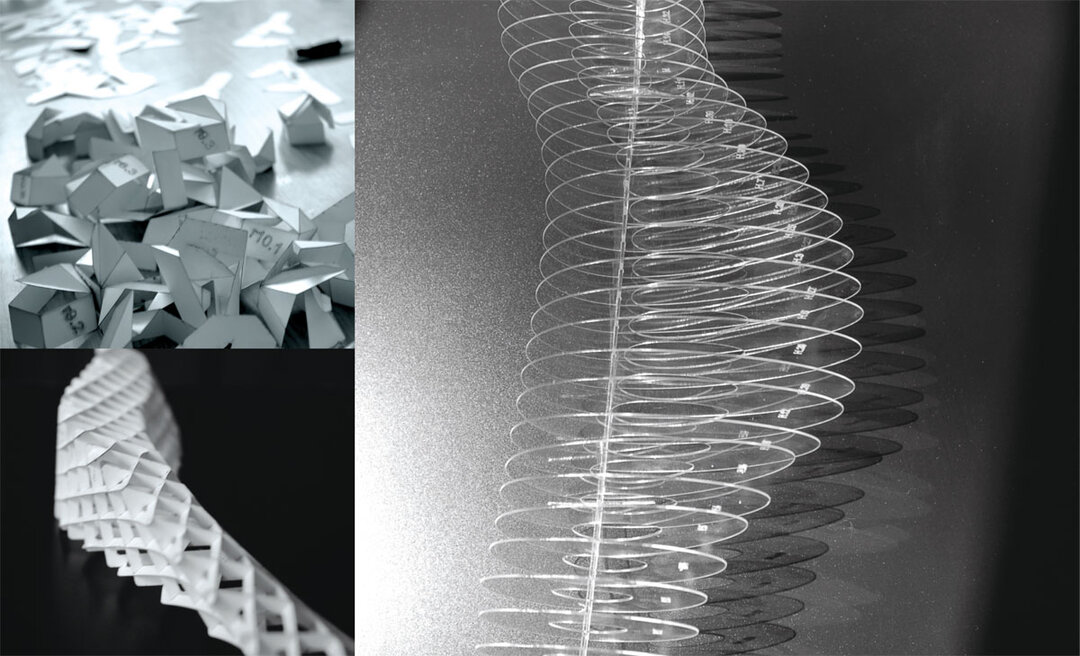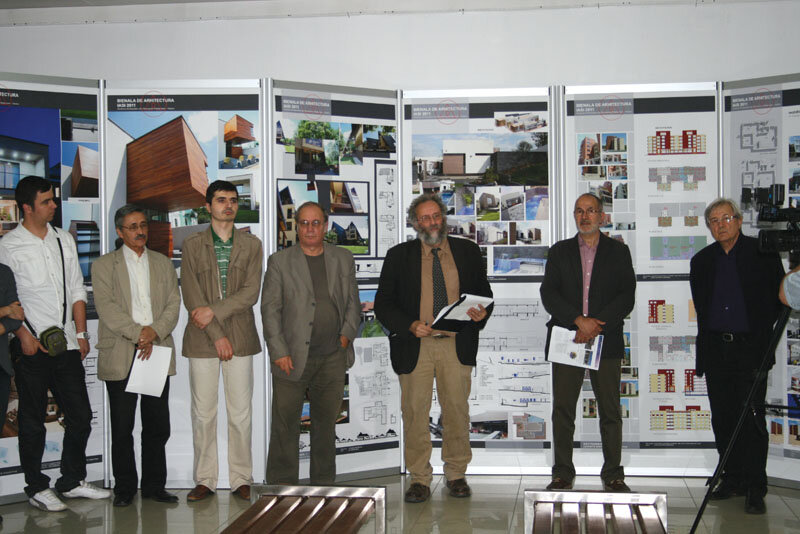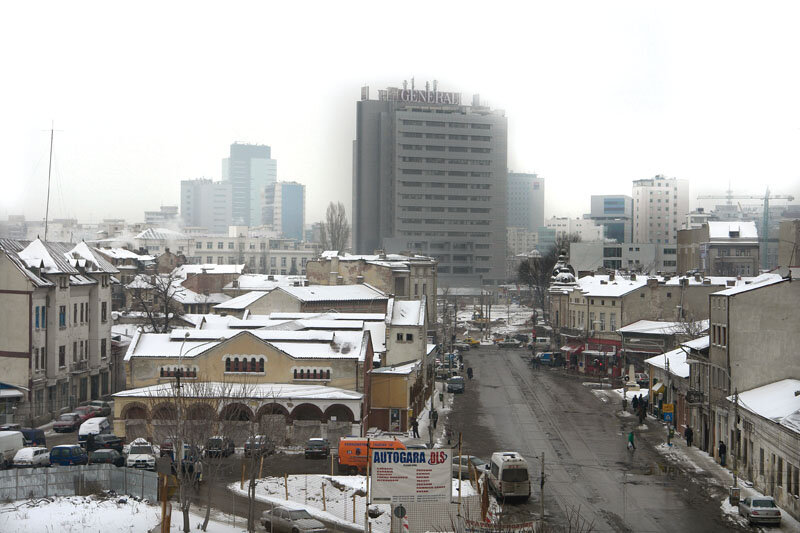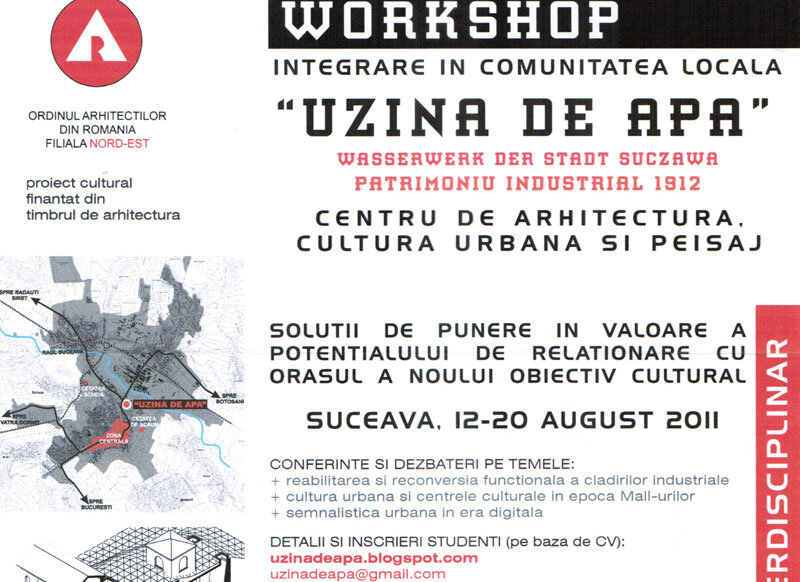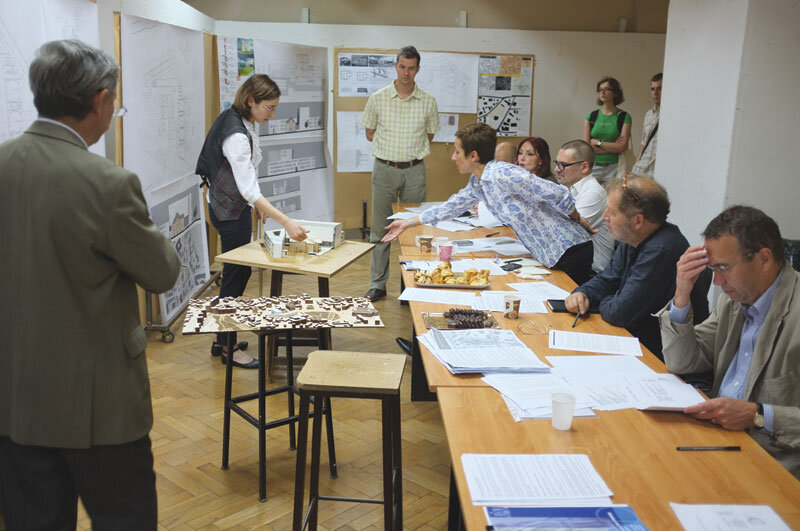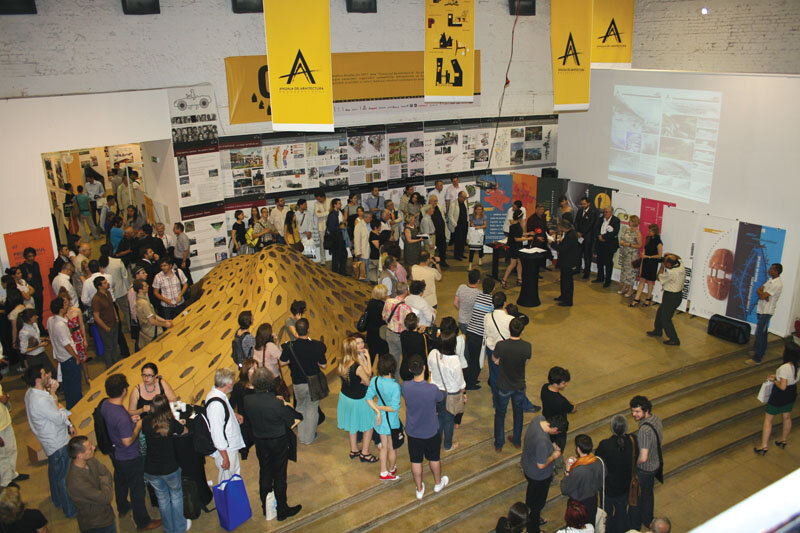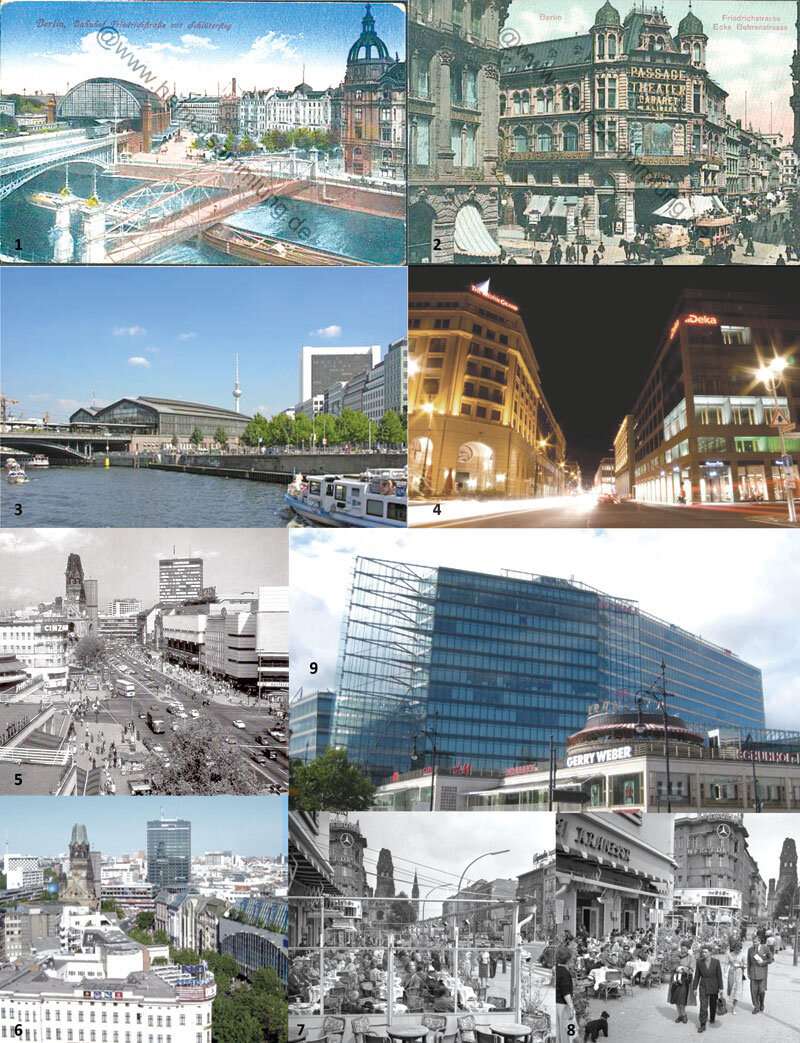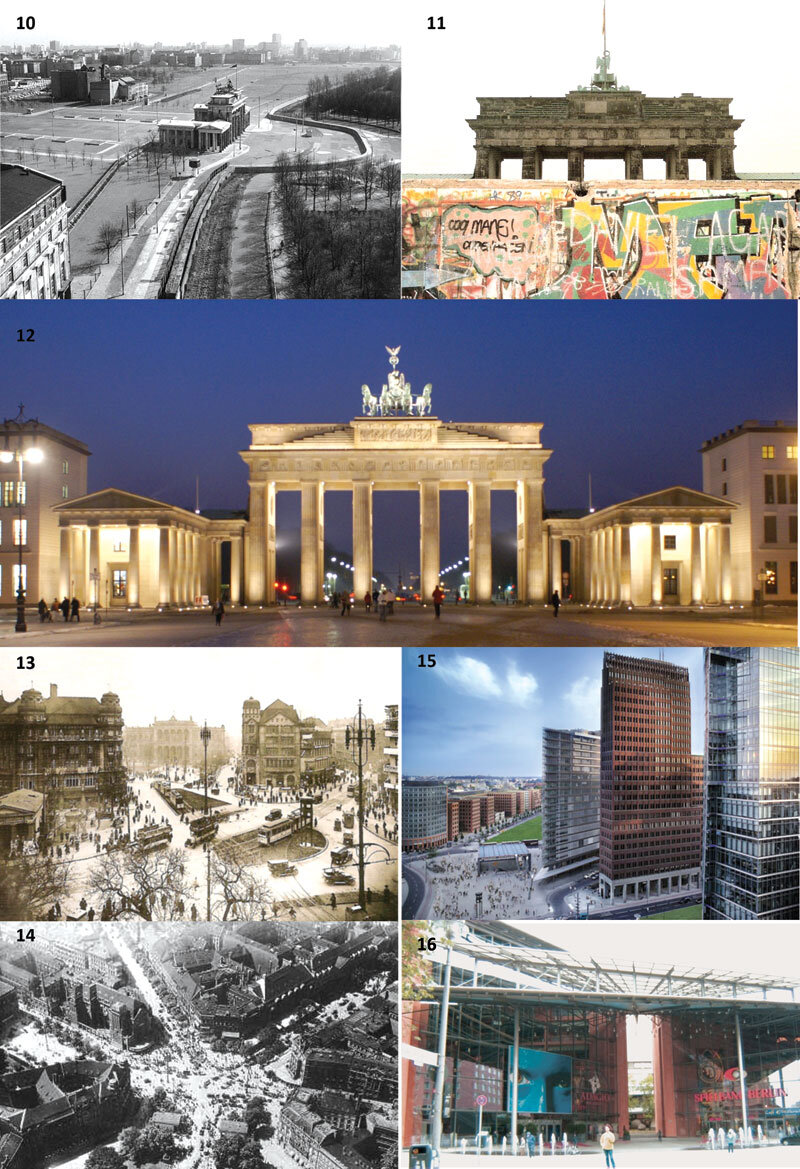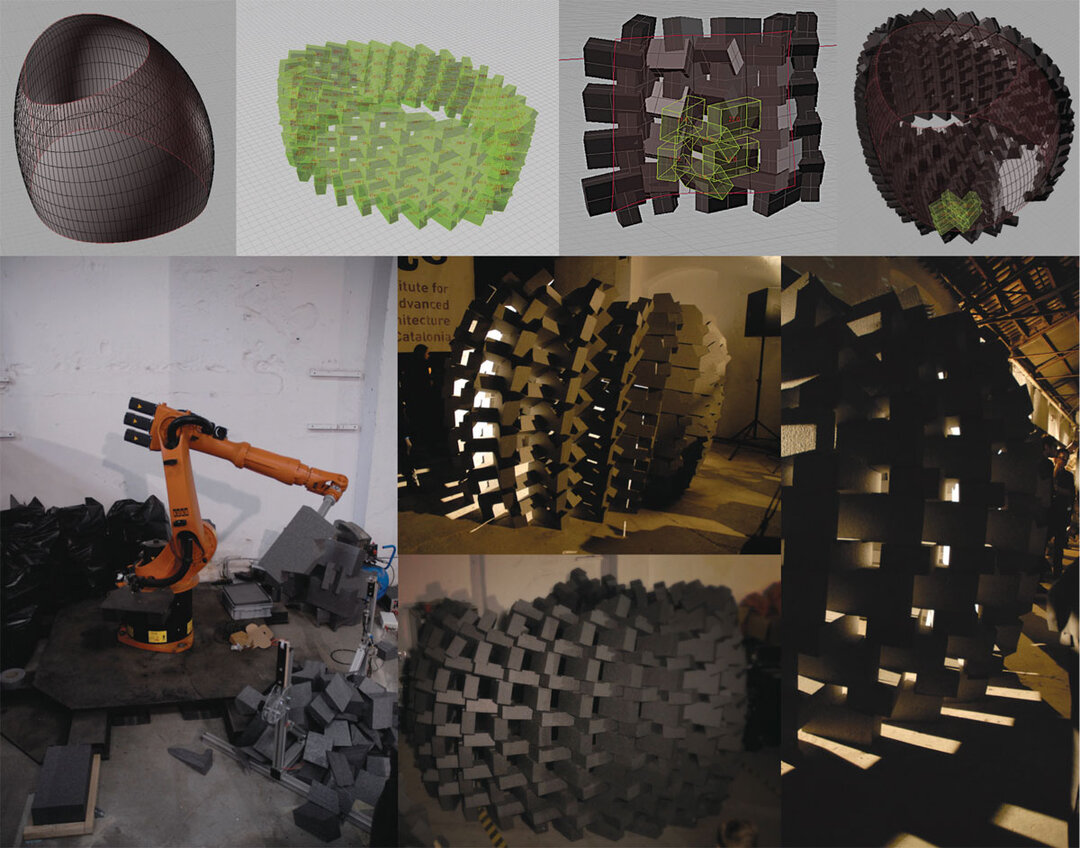
The Berlin Wall: a break in the cityscape

| Dr. Eleni G. Gavra, Architect, Assistant Professor (Cultural and Architectural Heritage), Department of Balkan Studies, University of Western Macedonia, Greece Dimitra Vitoula, Architect, MA in "Preservation and Restoration of Cultural Monuments", Department of Architecture, Aristotle University of Thessaloniki, Greece Konstantina-Vasiliki Iakovou, student, Department of Architecture, Aristotle University of Thessaloniki, Greece |
| Dr. Eleni G. Gavra, Architect, Assistant Professor (Ekistics and Cultural Heritage), Department of Balkan Studies, University of Western Macedonia, Greece Dr.Dimitra Vitoula, Architect, Msc "Preservation and Restoration of Cultural Monuments", Department of Architecture, Aristotle University of Thessaloniki, Greece Konstantina-Vasiliki Iakovou, Undergraduate student, Department of Architecture, Aristotle University of Thessaloniki, Greece |
| This article analyzes the changes in the Berlin cityscape during the existence of the Berlin Wall and after its fall. The rivalry between the two parts of the city led to transformations in the city's grid, with each side trying to promote itself as best it could. After the fall of the Berlin Wall, the city of Berlin was designated as a symbol of German unity. For a variety of reasons (political, spatial, financial), a number of urban development projects financed by economic agents were launched to emphasize the city's identity. In other words, Berlin attracted investors in order to finance its transformation. This strategy is fully in line with what Zukin calls the 'symbolic economy'. The blossoming of the city's economy has awakened the will of the whole country to repair the ruptures of the past. The article was first made public on the occasion of the (as yet unpublished) proceedings of the conference "Twenty years after the fall of the Berlin Wall: evaluation and prospects" ("Είκοσι χρόνια μετά από την πτώση του Τείχους του Βερολίνου: αποτιμήσεις και προοπτικές"), University of Western Macedonia, Florina - Greece October 16-18, 2009¹. 1 Kentrotis Kiriakos (Edit.), After the "End" of History, ANTREAS SIDERIS - IOANNIS SIDERIS & SIA O.E., Athens, 2011 (Κενττρωτής Κυριάκος (Edit.), Μετά το "Tέλος" της Ιστορίας, ΑΝΔΡΕΑΣ ΣΙΔΕΡΗΣ - ΙΩΑΝΝΗΣ ΣΙΔΕΡΗΣ & ΣΙΑ Ο.Ε., Athens, 2011) Read the full text in 3 / 2011 of Arhitectura Magazine. |
| Berlin's Wall: a rupturing element of its cityscape This article examines how Berlin's cityscape changed during the Great Division and after the Wall's fall. The rivalry between the two city's parts transformed the city's grid so as to promote its part's image. After the Fall, Germany marked Berlin as a symbol of the country's unity. Due to many reasons (political, spatial, financial) many urban development projects took place in order to highlight the city's identity funded by enterprises. In other words, Berlin attracted investors' interest in order to finance its transformation. This strategy is fully aligned to what Zukin refers to as "symbolic economy". The city's economy raised the country's will to restore the ruptures of the past. This article was firstly at the proceedings (not published yet) of the conference "Twenty years after the fall of Berlin's Wall: evaluation and perspectives" ("Είκοσι χρόνια μετά από την πτώση του Τείχους του Βερολίνου: αποτιμήσεις και προοπτικές"), University of Western Macedonia, Florina -Greece 16-18 October 2009¹. 1 Kentrotis Kiriakos (Edit.), After the "End" of History, ANTREAS SIDERIS -IOANNIS SIDERIS & SIA O.E., Athens, 2011 (Κενττρωτής Κυριάκος (Edit.), Μετά το "Tέλος" της Ιστορίας, ΑΝΔΡΕΑΣ ΣΙΔΕΡΗΣ - ΙΩΑΝΝΗΣ ΣΙΔΕΡΗΣ & ΣΙΑ Ο.Ε., Athens, 2011) Read the full text in the print magazine. |

